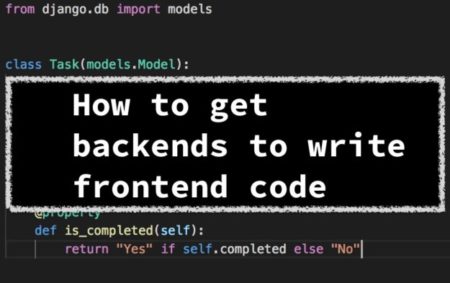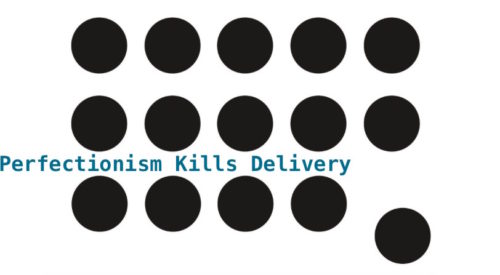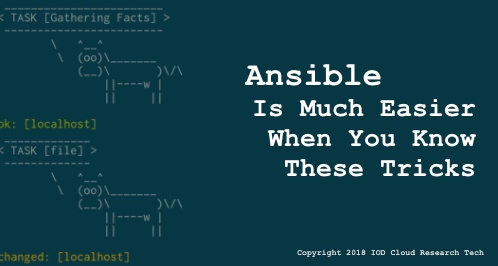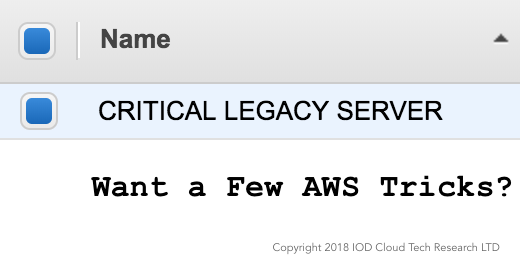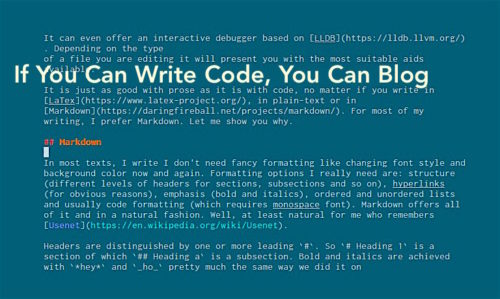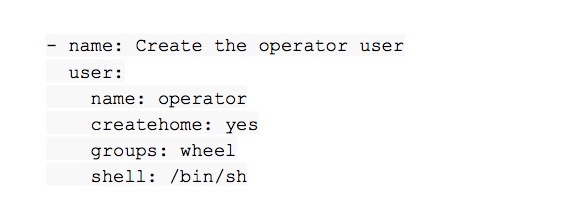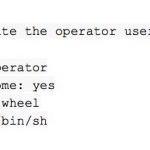From Django to React: How to Write Frontend if You Are a Backend Developer
Backend developers in a web application project are in charge of the components that users don’t see (database connections, cache systems, performance, security, and transactions, among others). Chances are that a backend may end up writing a bit of code for client apps, too: because of the lack of available JavaScript developers at any given moment, perhaps, or because a manager wants all features to be completed by one developer. Whatever the reason, when a backend programmer has to write frontend code, it causes a bit of frustration. Usually they don’t like to write styling (CSS), nor markups (HTML), and they probably don’t like JavaScript at all.
